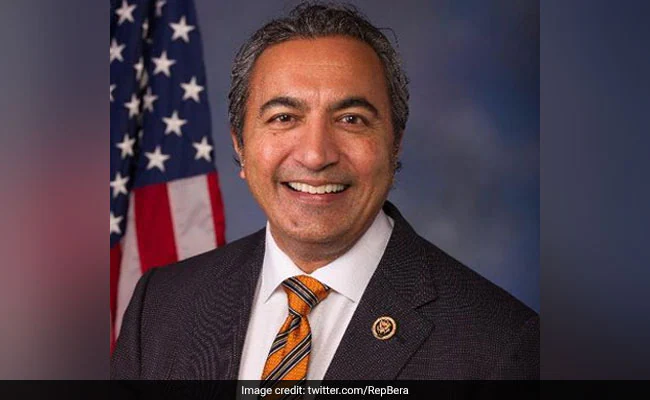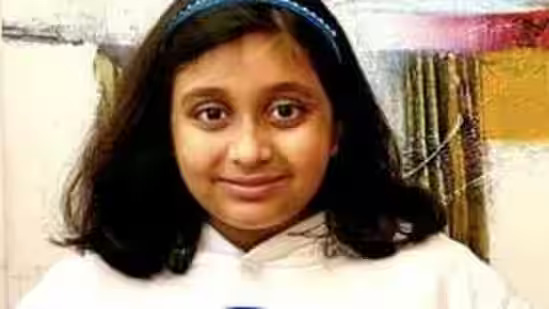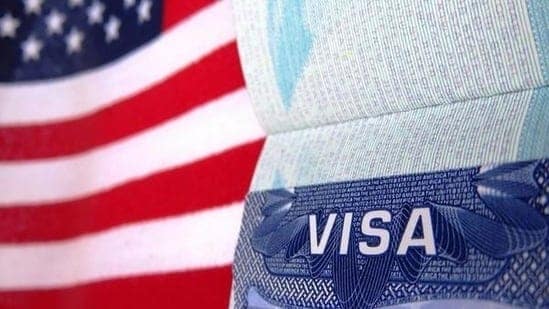Entrepreneur and venture capitalist M R Rangaswami has claimed that there has been a dramatic rise in the influence of Indian Americans in the US and stressed the need for the community to be “more high profile” about philanthropy. The founder of Indiaspora — a non-profit organization which aims at transforming the success of the Indian diaspora into meaningful impact worldwide — Rangaswami said the Indian American community has grown in all spheres, including politics, government, entrepreneurship, the medical profession as well as academics.
“It (influence and impact of Indian Americans) has been dramatic. Even recently there was an article from a Jewish American author who said, the time has now come for Indians to take over from the Jews.
“So it was almost another community kind of saying, time is now for the Indian community,” he told PTI in an interview.
Rangaswami, however, said that the community needs to do more on the philanthropy, service, and charity fronts.
“We need to be more open about it. Our community tends to be very low profile. But we need to be more high profile because all Americans need to know that we are generous and we help,” he said in response to a question.
According to him, in 2012, the big news was that Indians were one per cent of the population with Indian Americans being seven per cent of the doctors and 10 per cent of the IT workforce.
“But what we lacked at that time was any influence in politics. But in the past decade one of the things we have noticed, and this was an aspiration for Indiaspora was how to be 1 per cent of the political force. We have accomplished that pretty quickly. In three election cycles between 2012 and 2016, we were now 1 per cent of Congress,” he said.
The House of Representatives has five Indian Americans. They are Ami Bera, Ro Khanna, Raja Krishnamoorthi, Pramila Jayapal and Shri Thanedar.
“We have the Vice President (Kamala Harris) on top of that. We have built political influence,” he said.
On the business front, he referred to the long list of top Indian American CEOs, including those from Google and Microsoft.
Even though we are 1 per cent of the population, we’re more than 10 per cent of the Fortune 500 CEOs. Some of the most recent ones being Laxman Narasimhan at Starbucks and Raj (Subramaniam) at FedEx,” Rangaswami said.
“Look at the doctors. We not only have the numbers, but the Surgeon General (Dr Vivek Murthy) of the United States is an Indian. The Chief of COVID Response (Dr Ashish Jha) for the White House is Indian,” he said.
He claimed that Indian-Americans are growing rapidly in academia too with around 20,000 Indian American professors.
“Then you can look at unicorn CEOs… At least a third of companies in Silicon Valley that come for funding now have an Indian American co-founder. Across the board, the influence of our community has grown immensely in the past decade,” Rangaswami said.
Responding to a question, Rangaswami said he is very pleased that the next generation of Indian Americans are paying more attention to public service.
“Our generation came here as immigrants, to get a job, save money and educate our kids. But our children want to be historians, they want to be in public service, and in fields which are not about making money, but making an impact,” he said.
“You will see the next level of influence of our communities on issues that are not related to money,” Rangaswami said.
He, however, feels that the community has a long way to go but exuded confidence that it will be fast.
“I give it another 10 to 20 years where we will be much more assimilated, integrated with American society, our children will be growing up to be in positions of influence all across the country, whether it’s in universities or nonprofits or government,” he said.
“Like other communities, at some point, we become so assimilated that we will just be Americans. I think 65 per cent of Indian Americans are foreign-born, and 35 per cent are like our kids who are born in the US. But that’ll go higher for people born in the US and that’s when they’ll become much more Americans than Indian Americans,” Rangaswami said.





